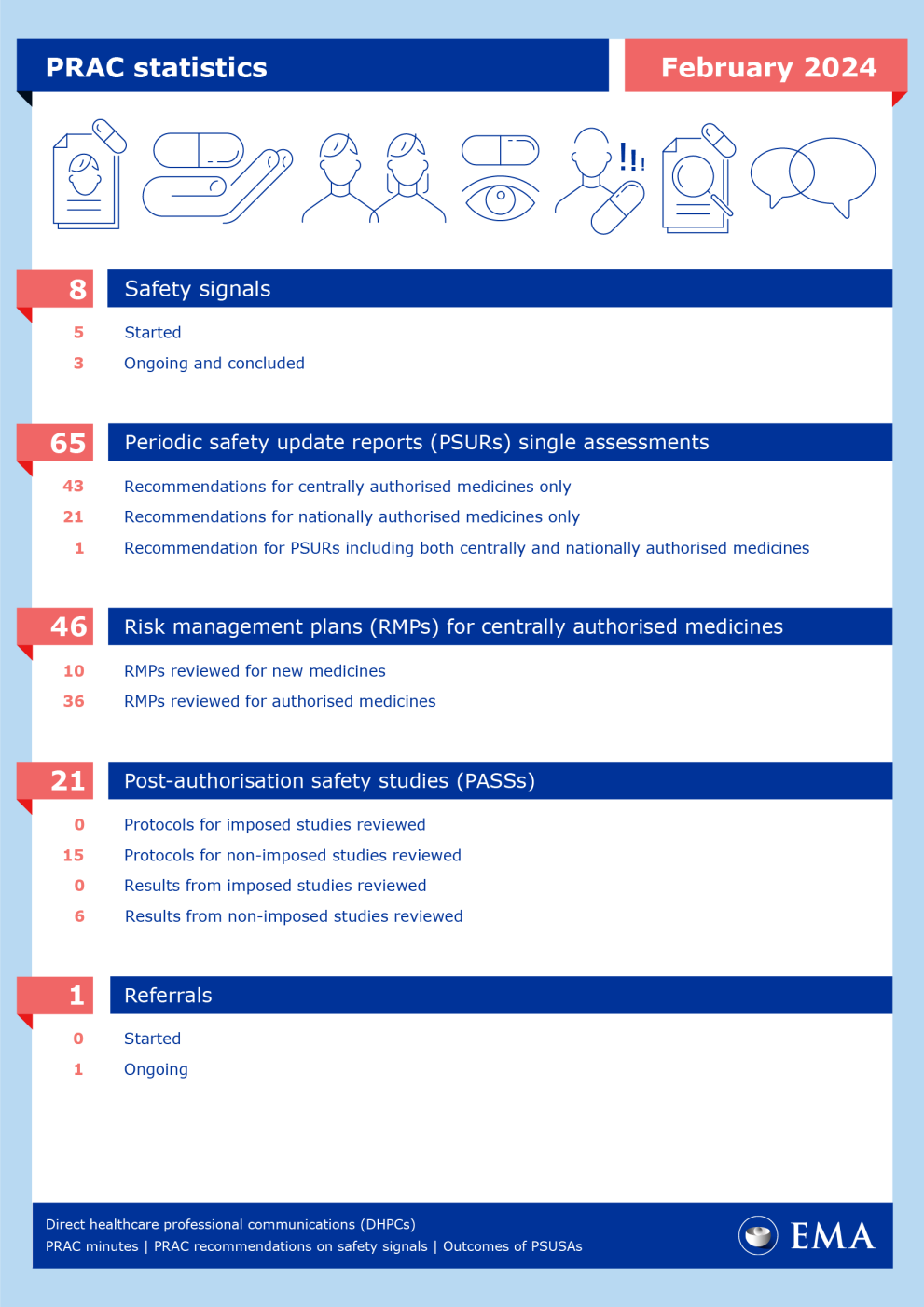
Meeting highlights from the Pharmacovigilance Risk Assessment Committee (PRAC) 5-8 February 2024
Paxlovid: reminder of serious adverse reactions when taken together with certain immunosuppressants
NewsHumanCOVID-19MedicinesPharmacovigilanceReferrals
